This is a two-part post on Mill City Museum and Mill Ruins District of Minneapolis. This piece is about the area outside Mill City Museum on the Mississippi River and the second part is the museum experience and story.
Between February snowstorm days in Minneapolis on my 5-day visit, I found one cold, clear day to walk from the Hyatt Regency Minneapolis at Nicollet Mall and 12th Street a couple of miles down to the white frozen Mississippi River and tour the Mill City Museum.
Minneapolis City Hall (1888-1906)
On a chilly Sunday there were few people on the streets of downtown Minneapolis. The river offered more activity. Though not really. A few joggers, walkers, a couple of snow cyclists and me snapping photos.
Stone Arch Bridge over the Mississippi River looking to Downtown Minneapolis.
My destination was the Mill City Museum, but spending time outside in the clear blue sky on a cold air day in the teens was refreshing after blowing snow and below zero temperatures the previous day.
Winter 2013-14 for Minneapolis might go into the record books as the second coldest year for days at or below 0° degrees Fahrenheit. The record 68 days was set in winter 1874-75. The city hit 48 days at or below 0° during my stay Feb 13-18 and currently sits at 53 days after another polar vortex last week. 58 days this year will tie for second all-time cold winters.
Mill Ruins Park on the Mississippi River west bank reveals the historic entrepreneurship to utilize St. Anthony Falls and 19th century industrial technology to develop flour mills for processing the grain belt’s wheat being grown on farms in Minnesota, Wisconsin, Iowa and the Dakotas.
Washburn-Crosby Mill silos and remains of 1878 structural walls that burned in a major fire 1991.
I did not have a map. I walked across Stone Arch Bridge into Marcy-Holmes, the oldest neighborhood in Minneapolis.
When I found myself in Marcy-Holmes, Sex and Candy by Marcy Playground started playing in my head. That was a popular video on MTV in years past. Turns out the band was named after this neighborhood bordering the east side of the Mississippi River.
Hangin’ ’round downtown by myself
And I had too
Much caffeine
And I was thinkin’
’bout myself
And then there she wasSex and Candy – Marcy Playground 1997
Perhaps more interesting is the Marcy-Holmes neighborhood was named after Oliver Wendell Holmes (1809-1894). Holmes was born in Cambridge and lived in Boston as he became one of the most respected 19th century American writers and poets, a physician and inventor. His eldest son, Oliver Wendell Holmes, Jr. (1841-1935) perhaps rose to even greater status as U.S. Supreme Court Justice.
William Learned Marcy was Secretary of War under President Polk during the Mexican-American War. The age of expansion that brought California into the fold of statehood.
This photo looks from west to east bank of Mississippi at the Minneapolis Stone Arch Bridge (Minneapolis Parks link) (wikipedia link) across Mississippi River with abandoned Pillsbury Best Flour A-Mill at left in Marcy-Holmes.
The Pillsbury A-Mill Minneapolis, built in 1881, was designed to be the most technological mill in the world. Pillsbury A-Mill is important as the 40 years title-holder for largest flour mill in the world. This photo is taken at a location next to the Washburn-A Flour Mill, the previous record holder as largest flour mill in the world when it opened in 1874. The original Washburn A-Mill had a catastrophe in 1878 when combustible flour dust throughout the building ignited and exploded, quickly destroying the mill and several other nearby flour mills and killing 18 persons. The city’s capacity for flour production was cut overnight by one-third.
1879 Washburn A-Mill plaque to 14 dead mill workers of May 2, 1878 flour dust explosion.
This mill was erected in the year 1879 on the site of Washburn Mill A which was totally destroyed on the second day of May 1878, by fire, and a terrific explosion occasioned by the rapid combustion of flour dust. Not one stone was left upon another, and every person engaged in the mill instantly lost his life. The following are the names of the faithful and well tried employees who fell victims of that awful calamity.
[14 names]
Labor Wide as the Earth has its summit in heaven.
A new Washburn-A mill opened in 1880 and was the largest flour mill in the world. A year later Pillsbury A-Mill opened in 1881 on the opposite side of the river and claimed title to largest flour mill in the world. Both mills are on the National Historic Register for Historic Places.
The Minneapolis flour mill industry shuttered in the 1960s forsaking the place name Mill City. Both Pillsbury and Washburn Mills were left abandoned as ghostly grain silo skyscrapers, dead on the banks of the Mississippi River.
Washburn A-Mill, owned by the Minnesota Historical Society, has been converted into the Mill City Museum.
Mill City Museum tells the story of the flour mills and their role in Midwest States and American history. The story has some interesting connections to modern American culture. It is our shared history for those familiar with names and foods like General Mills, Pillsbury, Betty Crocker, Wheaties, Corn Flakes, Cream of Wheat, Bisquick, Poppin’ Fresh canned biscuits and the adorable Pillsbury Doughboy.
Those stories are what I learned inside the Mill City Museum.
Inside Mill City Museum, Minneapolis (to come).
*****
Ric Garrido of Monterey, California is writer and owner of Loyalty Traveler.
Loyalty Traveler shares news and views on hotels, hotel loyalty programs and vacation destinations for frequent guests.
Follow Loyalty Traveler on Twitter and Facebook and RSS feed.


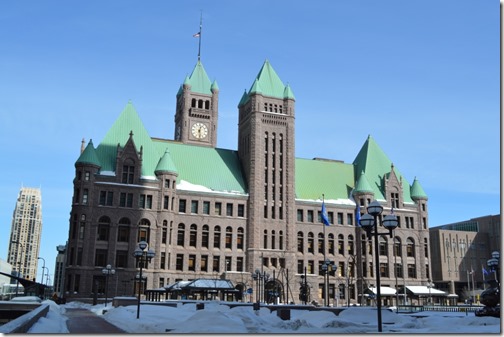
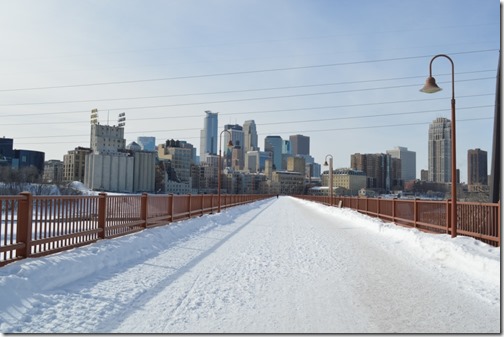
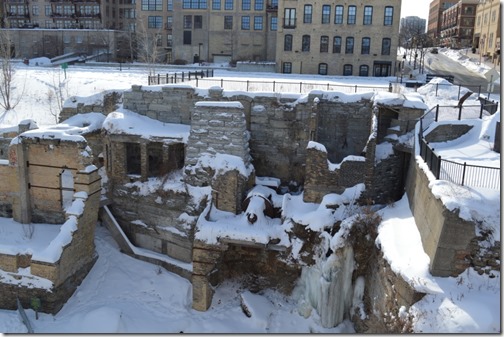
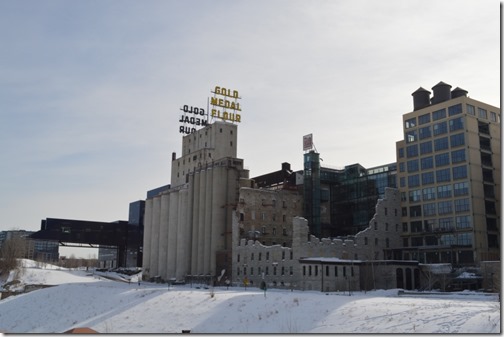
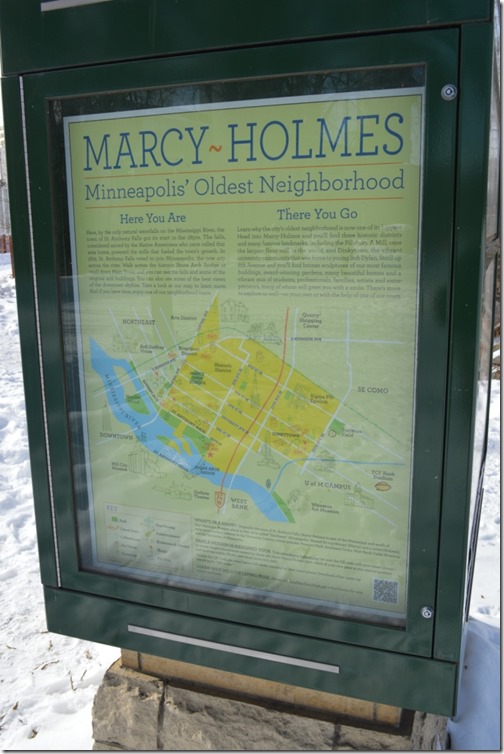

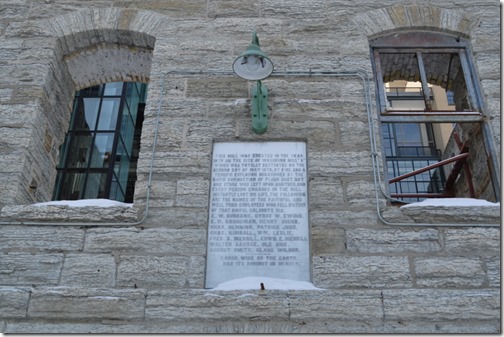
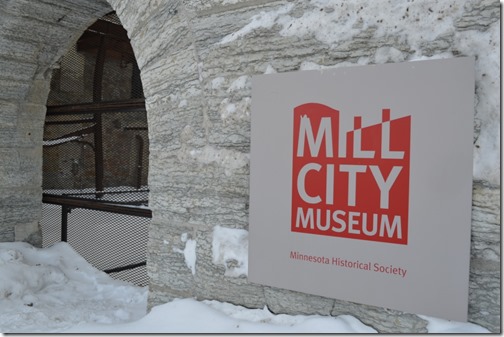

1 Comment
Comments are closed.